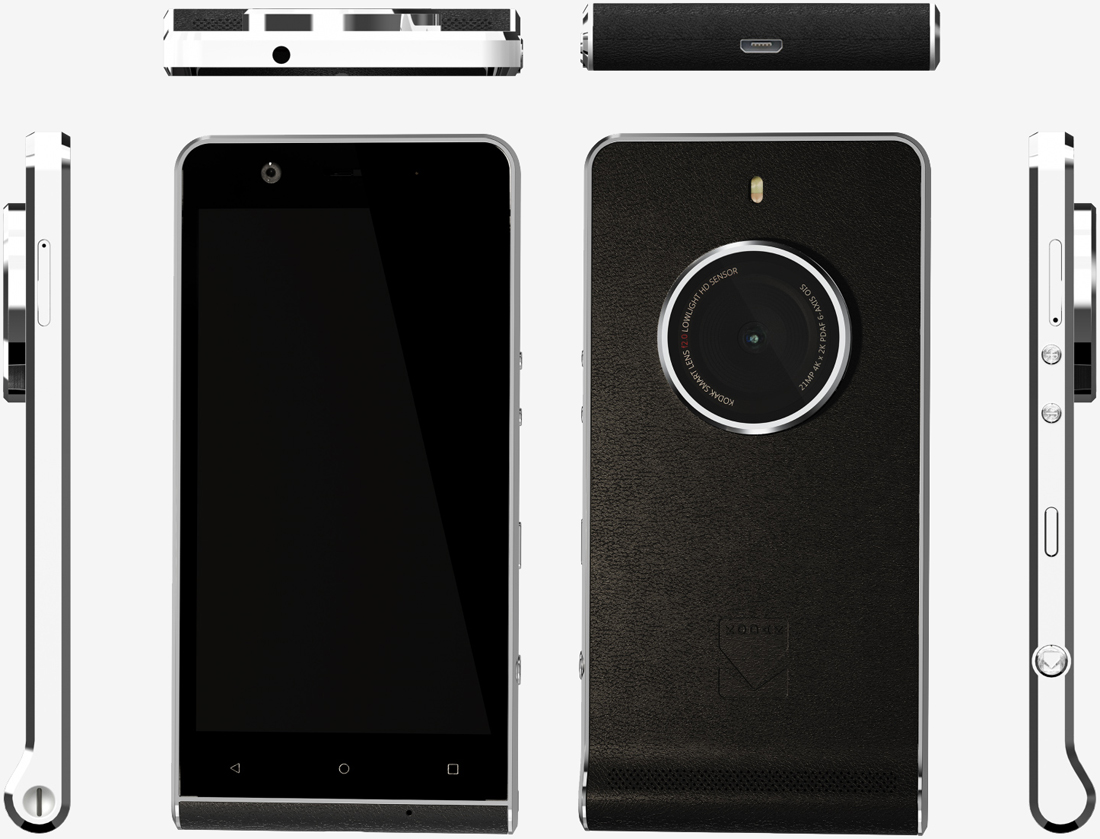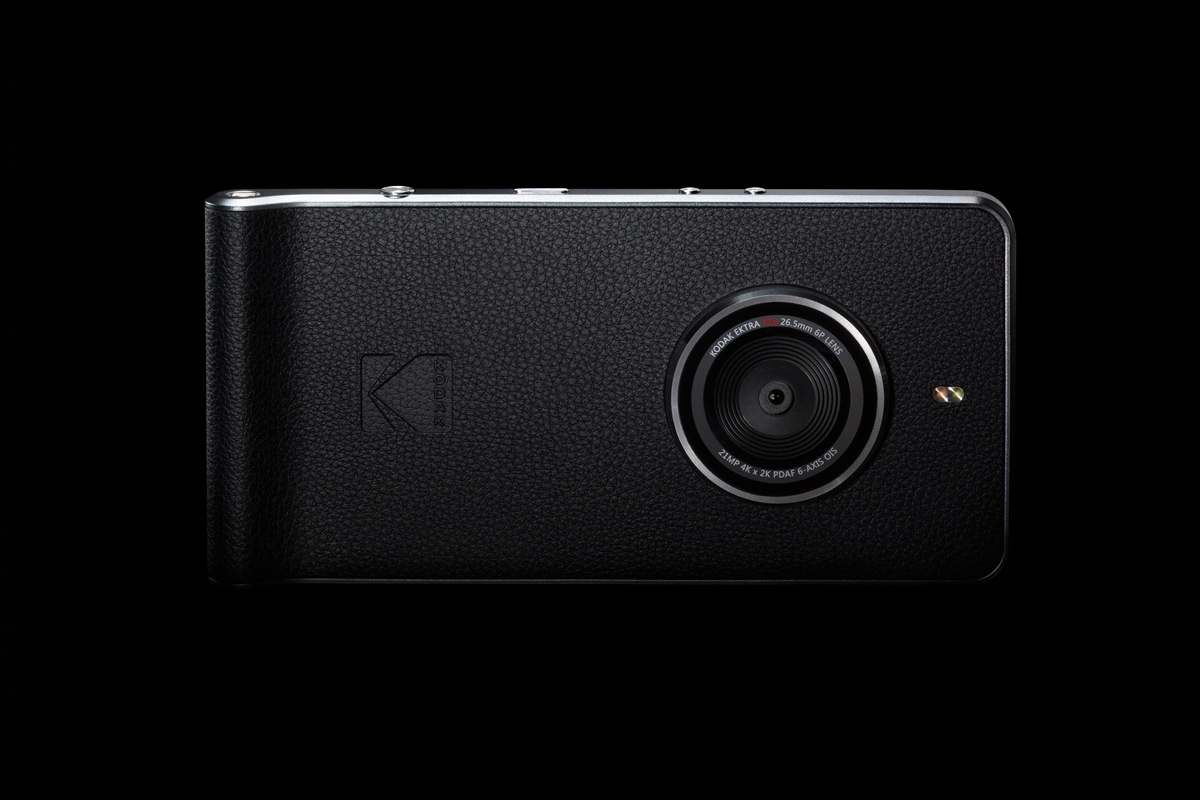Kodak, perhaps the most popular brand in photography at one point in time, lost virtually all of its clout with the advent of digital cameras. The industry is in the midst of yet another massive shift as standalone digital cameras are giving way to smartphone cameras.
This time around, Kodak wants in on the action although it's debatable as to whether the approach they're taking is optimal.
Kodak on Thursday unveiled its second photography-led smartphone, the Ektra (named after its 1940s-era rangefinder camera). The Ektra features a 5-inch, 1080p display with a MediaTek Helio X20 deca-core processor under the hood alongside 3GB of RAM and 32GB of local storage that's expandable via microSD card. It'll ship running Android 6.0 Marshmallow out of the box.

The star of the show, of course, is the camera around back - a 21-megapixel unit with f/2.0 aperture, optical image stabilization, autofocus, Kodak's non-reflective lens coating and Sony's IMX230 sensor. Up front, you'll find a 13-megapixel autofocus camera with phase detection and an f/2.2 aperture lens.
The phone includes photo editing software from Snapseed. Users will have access to advanced manual controls to adjust things like exposure, ISO, shutter speed, white balance and so on. There's also a familiar scene selection option so you can select sports, HDR, macro, portrait, etc.
The backside of the smartphone has been designed to look like a traditional film camera complete with camera bump, faux leather and metal-looking (but really plastic) sides. Kodak is no doubt hoping its design will strike a chord with brand-loyal fans but I'm not sure if this is the best approach. We've seen camera-first smartphones in the past - some with better features and true optical zoom - but none have ever caught on with consumers.
Kodak says the Ektra smartphone will go on sale later this year in Europe priced at £449 (around $550). There are no plans to bring the device to the US although that could change, Kodak says, if there's enough market demand.
